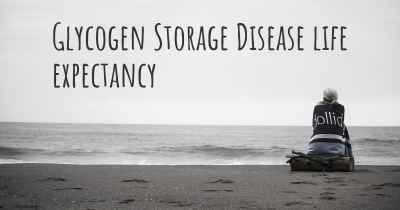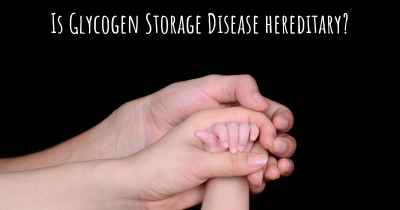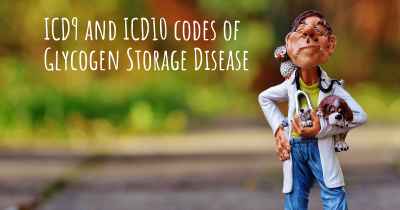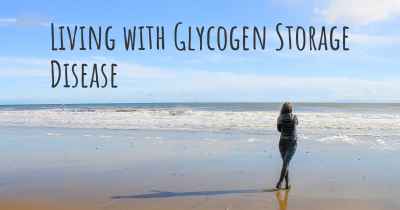What is the history of Glycogen Storage Disease?
When was Glycogen Storage Disease discovered? What is the story of this discovery? Was it coincidence or not?
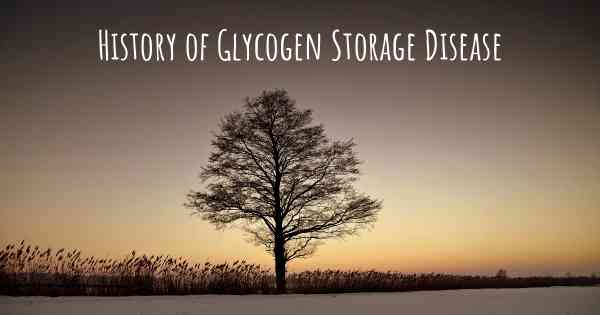
Glycogen Storage Disease (GSD) is a group of rare genetic disorders that affect the body's ability to store and use glycogen, a form of glucose that serves as a primary energy source. These disorders are caused by mutations in genes that are involved in glycogen metabolism, leading to abnormal glycogen accumulation in various tissues and organs.
The history of Glycogen Storage Disease dates back to the early 20th century. The first case of GSD was reported in 1928 by Dr. Edgar von Gierke, a German physician, who described a child with enlarged liver, low blood sugar, and high levels of glycogen in the liver. This condition was later named von Gierke disease or GSD type I, which is the most common and severe form of GSD.
Over the years, researchers and physicians have made significant progress in understanding the different types of GSD and their underlying genetic causes. In the 1950s and 1960s, advancements in biochemical techniques allowed for the identification of specific enzyme deficiencies associated with different forms of GSD. This led to the classification of GSD into various types based on the enzyme affected.
In 1971, Dr. Roscoe O. Brady and his colleagues discovered the enzyme deficiency responsible for Pompe disease (GSD type II). Pompe disease is characterized by the buildup of glycogen in various tissues, particularly in the muscles and heart. This groundbreaking discovery paved the way for further research and understanding of GSD.
Throughout the following decades, additional forms of GSD were identified, each associated with a specific enzyme deficiency. These include GSD type III (Cori disease), GSD type IV (Andersen disease), GSD type V (McArdle disease), and several others.
In recent years, advancements in genetic testing and molecular techniques have greatly improved the diagnosis and management of GSD. Researchers have identified more than a dozen different types of GSD, each with its own unique set of symptoms and genetic mutations. This knowledge has allowed for better understanding of the disease mechanisms and the development of targeted therapies.
Today, treatment options for GSD primarily focus on managing symptoms and preventing complications. This may involve dietary modifications, enzyme replacement therapy, liver transplantation, or gene therapy in some cases.
The history of Glycogen Storage Disease is a testament to the progress made in the field of genetics and metabolic disorders. Through ongoing research and advancements in medical technology, scientists and healthcare professionals continue to strive for better understanding, diagnosis, and treatment of GSD, ultimately improving the lives of individuals affected by these rare genetic conditions.
